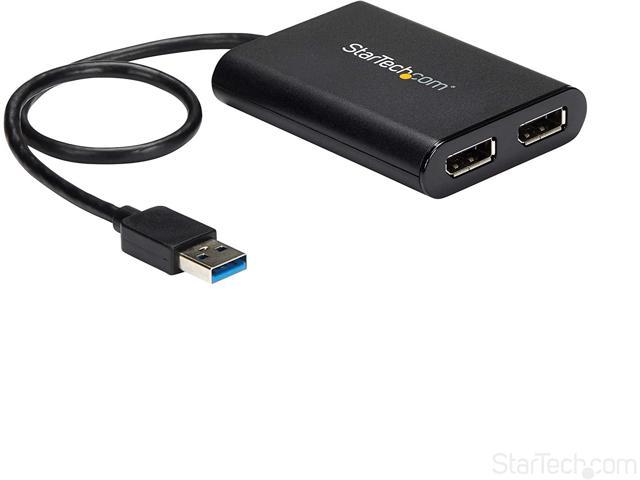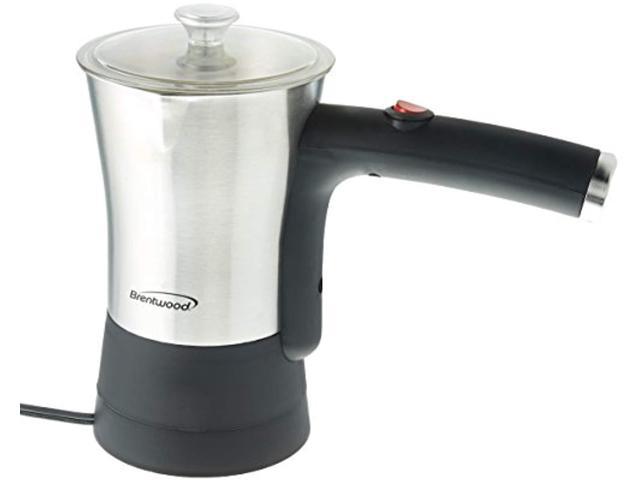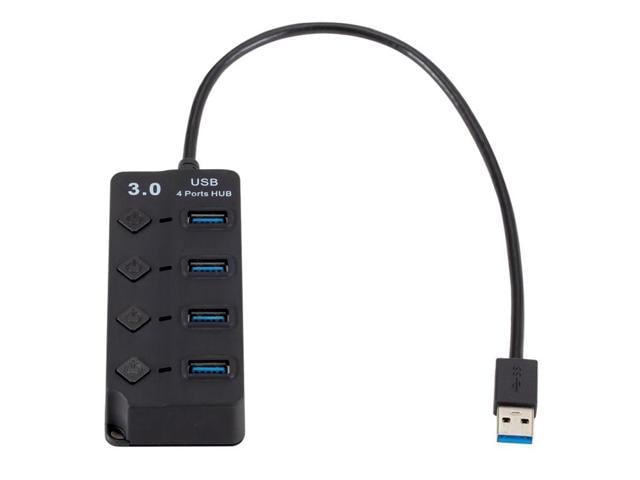This book is about probation. In North Carolina, probation is a form of punishment in which a defendant can avoiding serving a suspended term of imprisonment by complying with a set of conditions imposed by the sentencing judge. If the probation is supervised, the defendant will have a probation officer-an employee of the North Carolina Department of Public Safety who monitors the case and reports violations to the judge. Probation can also be used to monitor a person’’s compliance with a diversion program like a deferred prosecution or conditional discharge (for example, “90-96,” a diversionary option for certain drug possession crimes).
Probation is not to be confused with post-release supervision or parole. Those are supervision periods that follow a person’’s release from prison, and which are managed by the Post-Release Supervision and Parole Commission in Raleigh, not by the courts. Probation comes before a term of imprisonment. In fact, if a person does well on probation, he or she will never go to prison at all.
This is the second issue in a series of graphic novels explaining North Carolina’’s sentencing laws. Presenting the information in illustrated form is by no means intended to make light of a serious topic. It is, rather, offered as an accessible way to explain a complicated subject. It is meant to give crime victims, defendants, inmates, probationers, and their families an understandable resource that translates the words and numbers on a sentencing judgment into a practical reality. I hope it will be useful to judges, lawyers, and probation officers, too.

21.95 CAD
Buy Now













